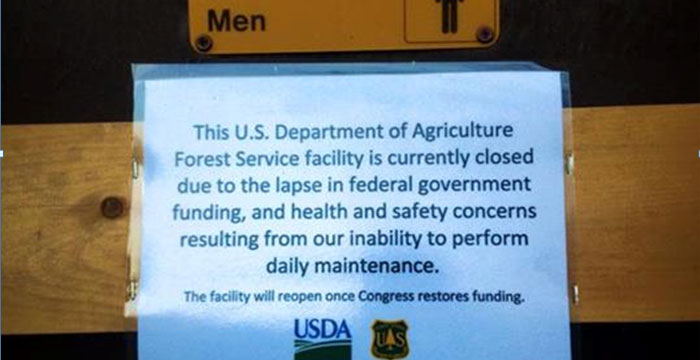Over the past few days, you would have noticed the extensive media coverage on the negotiations among the United States politicians over the debt ceiling.
Here is a summary of the issue.
1. What has happened?
At midnight on 30 September 2013, the US federal government begun a partial shutdown. This meant that many “non-essential” government services were closed.
2. Why did this happen?
There are two houses in the US Congress controlled by two major political parties – the Republican-controlled House of Representatives and the Democrat-controlled Senate.
The two houses disagree with each other on federal government spending, particularly over President Barack Obama’s healthcare reforms (also know as "Obamacare"). This results in them failing to pass a budget before the fiscal year which ended on 30 September, which led to the partial shutdown.
The Congress also decides on the debt ceiling for the country, which states the maximum amount of money that the US Treasury can borrow. The US reached its current debt limit in May, but the Treasury has been using “extraordinary measures” to pay its bills.
However, these measures would be exhausted by 17 October.
3. Has this happened before?
Yes, it has. But the last partial shutdown took place 17 years ago, when Bill Clinton was the President.
4. What were the consequences?
Some 800,000 “non-essential” federal employees were sent home without pay, which not only affects themselves and their families, but also hurts local businesses which rely on their patronage. Some government departments – like NASA (the space agency) – were closed. Many tourist attractions, including Smithsonian museums, the National Zoo, the Statue of Liberty, and numerous national parks, were also forced shut. Services such as passport processing, visa applications, and rubbish collection, ceased operations.
Even Michelle Obama, the US First Lady, is not spared from the inconveniences brought by the government shutdown. She has had to perform White House gardening herself, since federal gardeners were only allowed to do “periodic watering” of the plants.
This partial government shutdown has already trimmed $24bn from the American economy and will cut its growth significantly. If this continues, there could be wider global economic consequences.
5. And what happens next?
If no deal is reached by 17 October, the US Treasury will be unable to service its debts and support the US government. There are two options: Default on the county’s debt (i.e. stop paying its debt), or postpone the payment of bills (such as welfare payments).
On 17 October, with just hours before the deadline, the US Congress passed a bill to reopen the government and raise the federal debt limit. This means that the Treasury is now able to continue borrowing until 7 February 2014. Federal government departments have also resumed their services.
However, this deal is not a permanent solution to reconciling the differences between the two political parties over budgetary issues.
If you like what you read, follow us on Facebook, Instagram, Twitter and Telegram to get the latest updates.
